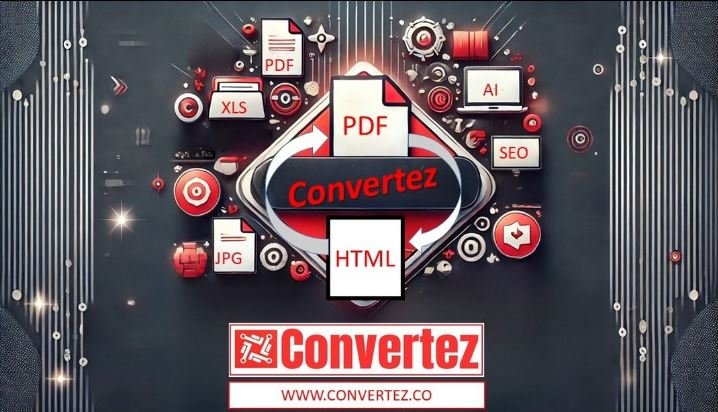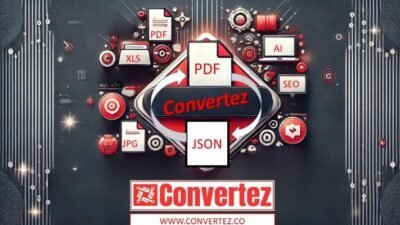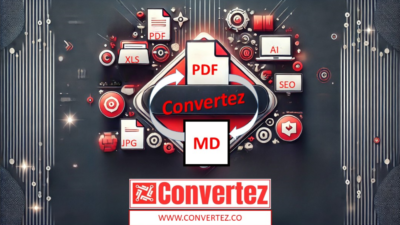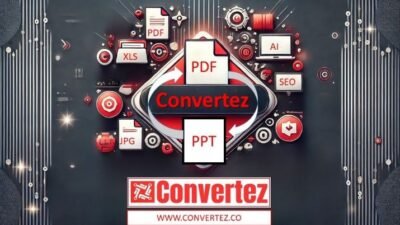In the digital age, content accessibility and user experience are more important than ever. One of the most efficient ways to make content from a PDF file accessible on the web is by converting it into HTML. Whether you’re a developer, designer, content creator, or student, understanding the process and benefits of PDF to HTML conversion can help streamline your workflow, improve SEO, and enhance user engagement.
In this blog, we’ll explore what PDF to HTML conversion is, why it’s important, how to do it, and the best practices for effective implementation.
What is PDF to HTML Conversion?
PDF to HTML files are designed for consistent viewing across devices and platforms, making them ideal for print-ready documents or offline sharing. However, PDFs are not inherently web-friendly, especially when it comes to SEO, responsive design, or accessibility.
HTML (HyperText Markup Language), on the other hand, is the foundation of web content. It allows text, images, videos, and other elements to be displayed and formatted in web browsers. Converting a PDF to HTML means translating the content of the PDF into a format that can be read, indexed, and displayed by web browsers.
Why Convert PDF to HTML?
1. Improved Accessibility
PDFs are often not optimized for screen readers or assistive technologies, making it difficult for users with disabilities to access the content. HTML, when properly structured, enhances accessibility significantly.
2. Better SEO Performance
Search engines struggle to index content inside PDFs. HTML content, on the other hand, can be easily crawled and indexed by Google and other search engines, improving visibility and discoverability.
3. Responsive Design
PDFs are static by nature and don’t adapt well to different screen sizes. HTML content can be styled using CSS to ensure it’s mobile-friendly and responsive across devices.
4. Editable and Customizable
Once in HTML, content is much easier to update, edit, or customize. This flexibility is ideal for blogs, websites, and digital publications.
5. Faster Loading Times
Optimized HTML content loads faster than embedded or heavy PDF files, improving overall user experience and site performance.
Use Cases for PDF to HTML Conversion
- E-books and whitepapers: Convert and publish as web pages for better reach.
- Legal or technical documents: Create accessible, searchable online versions.
- Educational material: Make syllabi, notes, and lecture slides more engaging.
- Company reports: Turn annual or financial reports into web-friendly pages.
- Product manuals: Offer a web-based alternative for easier reference.

Methods of Converting PDF to HTML
1. Online Tools (No Installation Required)
For quick and easy conversion, online tools like Convertez.co’s PDF to HTML Converter are ideal. These platforms are user-friendly, require no technical knowledge, and usually support drag-and-drop functionality.
Pros:
- No software installation
- Fast and simple
- Works on any device with internet access
Cons:
- May not preserve complex layouts
- File size or number limits on free versions
2. Desktop Software
Applications like Adobe Acrobat Pro DC allow exporting PDFs to HTML with more control over formatting and media.
Pros:
- Higher accuracy in preserving design
- Offline functionality
- More formatting options
Cons:
- Paid software
- Learning curve for beginners
3. Command Line Tools & Libraries
For developers, tools like PDF2HTMLEX, pdf2html, or Python libraries such as pdfminer.six and PyMuPDF offer full control over the conversion process.
Pros:
- Highly customizable
- Ideal for batch processing
- Integrates well into development workflows
Cons:
- Requires programming knowledge
- May require post-conversion adjustments
Step-by-Step: How to Convert PDF to HTML Using Convertez.co
- Go to: https://www.convertez.co/pdf-to-html
- Upload your PDF file: Drag and drop or click to browse your file.
- Click “Convert”: The platform will process your file.
- Download the HTML output: Get a clean, ready-to-use HTML file.
That’s it—no registration, no software installation, and 100% free.
Tips for an Effective Conversion
✔ Keep Layout Simple
The simpler your PDF layout, the better the HTML output. Complex graphics or multi-column formats may not translate perfectly.
✔ Use OCR for Scanned PDFs
If your PDF is image-based (scanned), use Optical Character Recognition (OCR) tools before converting to HTML to make the content selectable and editable.
✔ Optimize for Mobile
After conversion, add responsive CSS styles to make sure your content looks good on all screen sizes.
✔ Clean Up the Code
Automated tools may generate extra or messy code. Use an HTML editor to tidy up for better readability and performance.
✔ Test Across Browsers
Always preview your converted HTML file in different browsers (Chrome, Firefox, Safari) to ensure consistency.
Common Challenges (and Solutions)
| Challenge | Solution |
|---|---|
| Formatting inconsistencies | Manually adjust HTML or use a more accurate converter |
| Loss of images or charts | Ensure original PDF embeds media properly before converting |
| Non-selectable text | Use OCR tools to extract text before HTML conversion |
| Large file size | Compress images and clean up code |
Final Thoughts
PDF to HTML conversion is a powerful way to repurpose existing documents for the web. Whether you’re creating a digital publication, improving accessibility, or just want a better user experience, converting your PDFs to HTML is a smart move.
Thanks to platforms like Convertez.co, this process is no longer limited to developers or tech-savvy users. With just a few clicks, anyone can make their PDF content web-ready, responsive, and search engine friendly.


